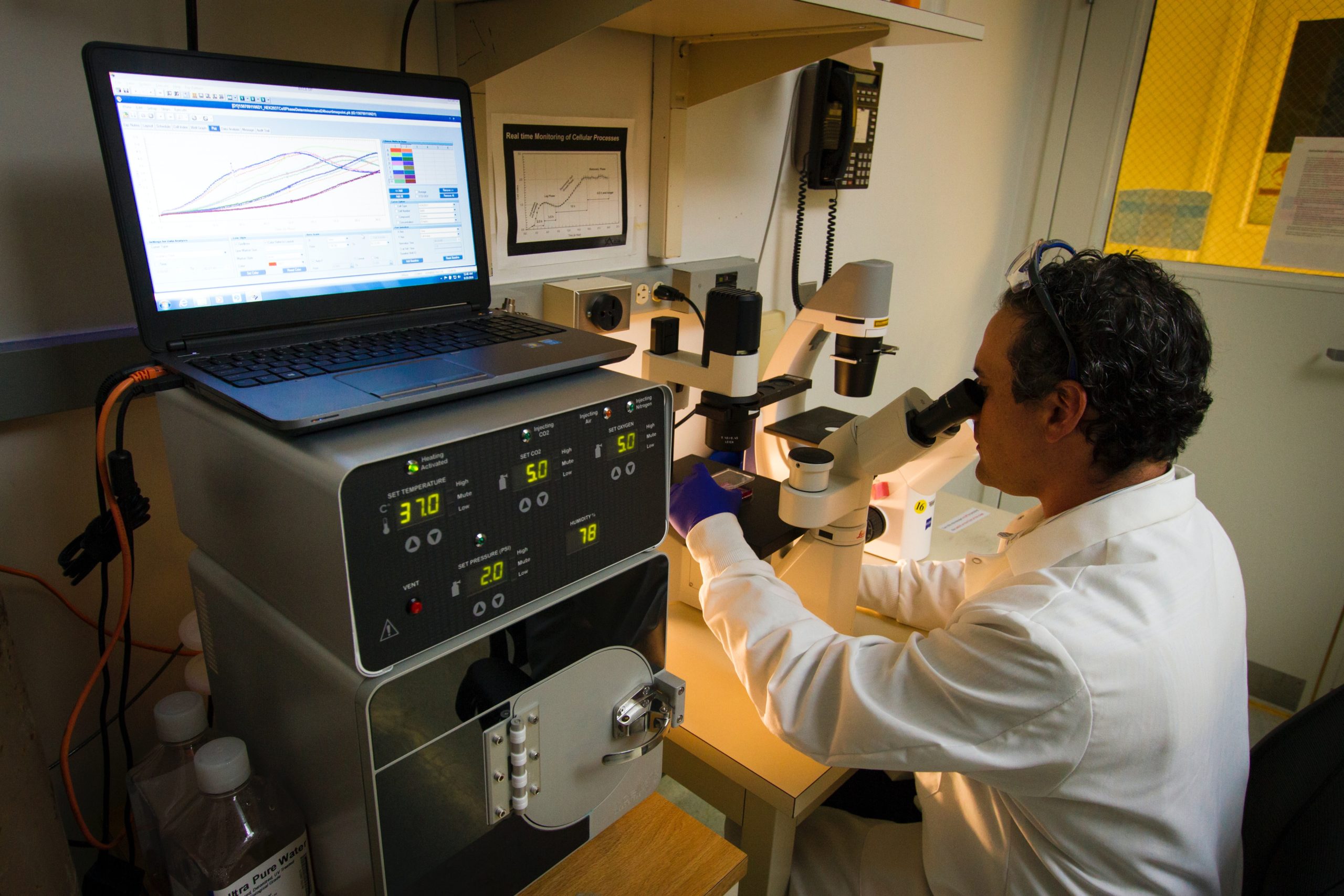Blood substitutes and the half-truths of the media

The public television news service and the press - not only locally - have recently given in unison (3-4 journalists) these news about the release from seizure of a large batch of blood products: – The Public Prosecutor's Office of Trento released all plasma and plasma derivatives placed under seizure about two years ago due to suspected viral pollution, later proved completely unfounded ( "The Republic", 18 May 1997);
- The Venetian Councilor for Health estimated the loss caused by the degradation of the terminal coagulation factors in the order of billions of lire, now no longer obtainable from this plasma ( "Newspaper" 18 June 1997);
- Donor Associations threaten legal initiatives for the damage done to their image and consequently to the influx of donors: the FIDAS has announced its intention to appear as a civil party and the AVIS of Veneto reserves the right to sue the legal practitioner consultant of the Court of Trento ( "The newspaper", 18 June 1997).
We asked a hematologist at the forefront of the battles over the safety of blood and derivatives, Partial Technical Consultant for the family of the Neapolitan child who died of AIDS (the deceased boy had been transfused with both blood and infected blood products) and that with high probability he will be called to lend his professional work by the judges of Trento, what he thought about it:
he made it clear that what was reported in the press is true but only half. The truth of the facts, said in full is this:
- over thirty thousand Italian citizens have applied for compensation to the Ministry of Health for permanent injuries, in many cases followed by death, resulting from viral infection from blood transfusions or derivatives;
- of these over 30.000 infected, circa 200 were resident in the province of Trento and the Public Prosecutor's Office responsible for the area felt it had to take the initiative to investigate for the protection of a widespread interest;
- all the material that had been deposited in two cold rooms of the General Markets of Padua was seized: and batches of plasma ready for processing, and batches of plasma derivatives (albumin, gammaglobuline, coagulation factors), as well as individual donor plasma bags for a total of 65.000 Kg. (65 tons);
- the investigating judge was asked (GIP) to have expert reports carried out on all this material, partly from the Italian Transfusion Centers, partly from foreign centers;
- four surveys were carried out by a university professor - also supported by the CNR laboratories - and on 800 samples examined well 24 tested positive for viral pollution: most from the hepatitis C virus and some from the hepatitis b virus or AIDS;
- while in terms of samples the percentage was 3% (800:20), in terms of quantity of material examined, the polluted part was about half of the 65 tons;
- for this reason, after having heard the opinion of the Ministry and the Higher Institute of Health, they were returned to the "owners" about 30.000 Kg. of plasma and derivatives that were sterile when tested;
- others 35.000 Kg., that sterile they were not, remained under seizure and - also according to the opinion of the competent health authorities - must be destroyed by incineration.
Without the intervention of the Public Prosecutor of Trento, all that infected material would have ended up in the veins of the sick. At a high cost of health as well as of money for the health costs of the reported pathologies.
These things are known and known by the Venetian Councilor for Health, the three or four journalists e, if not RAI, certainly his correspondent from Trento.
It does not honor either one or the other, keeping them silent and manipulating the half truth.
Comments ?
It is true that the press is the fourth power , but the facts are stronger than each and all powers put together .
It's not serious to rely on people's short memories when, "Them" despite, the others will come out 35.000 Kg. of infected material to burn.
And it will have to be said that only in a small part of that plasma, at the time of the seizure, the antihemophilic factor was still contained.
There is no need to do a thorough sociological analysis to understand the not so hidden reasons why newspaper readers become disaffected and why distribution outside the newsstands is only a palliative for this disaffective disease.
Reserved literary property, publication prohibited without written permission from the publisher.
